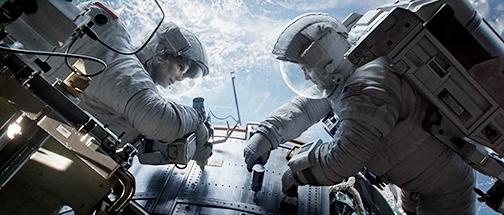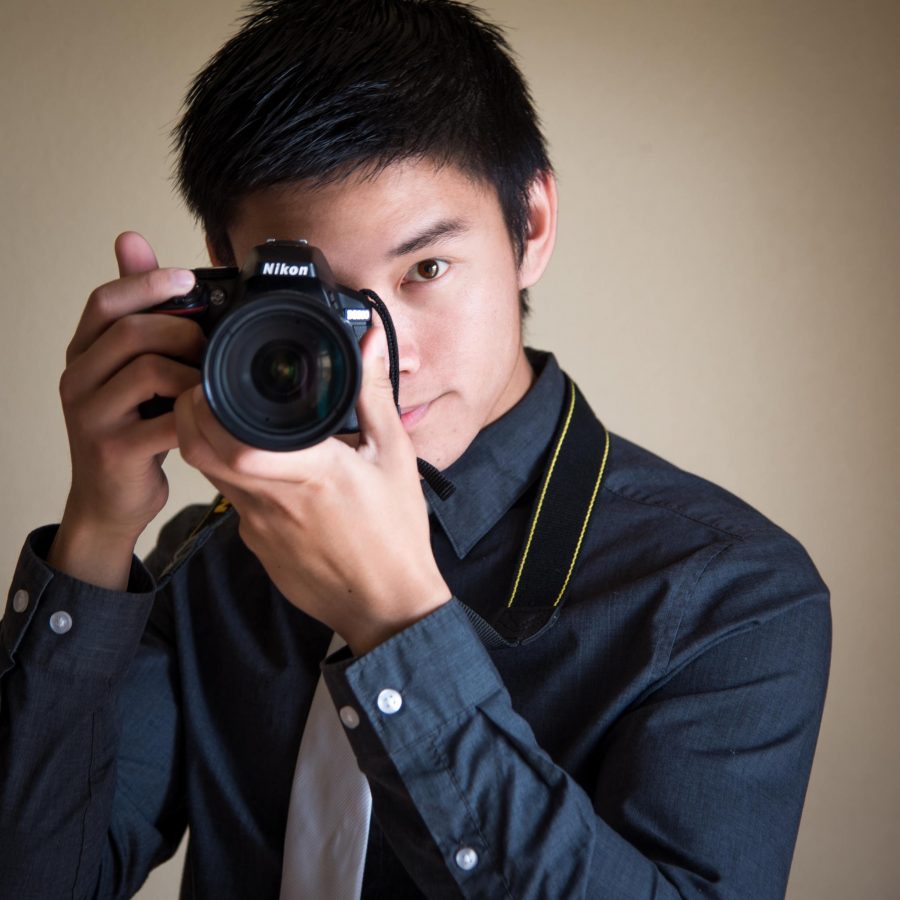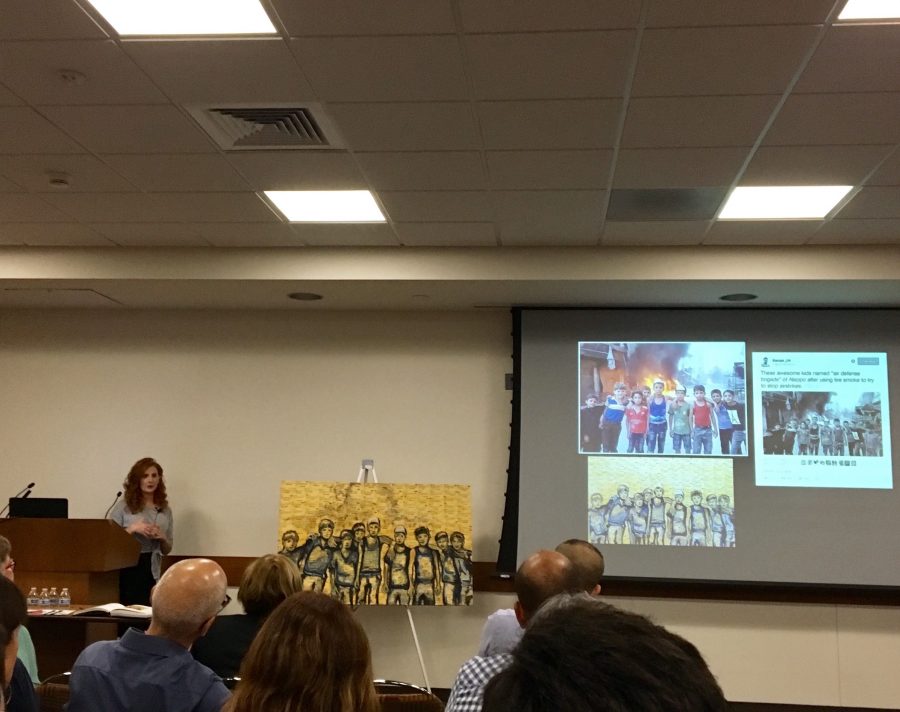Alfonso Cuarón masterfully captures the fragility and magnificent simplicity of life through the lens of his hypnotic space odyssey, “Gravity.”
Crowds everywhere float, spin and dance through space and time while attempting to hang on to the edge of their seat throughout the entire 91 minutes. The groundbreaking, artful camerawork set in front of a powerful score makes the film an instant outer space classic. More dramatic narrative and less science fiction, the film stars academy award winners Sandra Bullock and George Clooney. It centers around a present day space mission. However, “Gravity” is more than just a tale of two astronauts floating through space. The mesmerizing and hallucinatory 3D visual effects paired with the surprising tension of an emotional screenplay will leave viewers simply amazed.
The flick’s unique camerawork, characterized by long, unbroken shots, is one of the strongest and most memorable aspects of the journey. The opening scene is a 17-minute extended take of Earth slowly spinning against a black, velvety abyss. Cuarón demonstrates his command over the screen as spectators forget they’re watching special effects and instead feel more like they’re gazing into high-definition satellite photographs on the Discovery Channel.
The only human element in “Gravity” comes from the two characters and the distant voice of Mission Control (Ed Harris) across a radio signal. In fact, the majority of the silver screen odyssey follows Bullock’s character, rookie astronaut Dr. Ryan Stone, who frequently finds herself as trapped in her own mind as she is in the vast expanse of blank space. This disconnect actually engages viewers more and serves to intensify the feeling of being up in space alongside the characters. When Dr. Stone clumsily fumbles to retain stability and repair a broken panel on the spacecraft before satellite debris comes rushing through space, the audience unanimously holds its breath. When calm and collected mission captain Matt Kowalski (Clooney) glides over a bird’s eye-view of the Pacific Ocean and admires the sunrise, viewers feel as if they too are spacewalking in a zero-gravity atmosphere.
What further sets the narrative apart is the gripping reality that sustains the audience’s constant fixation. There is no eye rolling moment that naturally comes along with the majority of jam-packed science fiction adventures. Instead, Cuarón displays the art of organic simplicity that echoes throughout the course of “Gravity.” There are many hints dropped throughout of the underlying theme of birth and rebirth, especially with Bullock’s character. There are few greater aha moments than the ones evoked by simply appreciating one’s own insignificance and fragility in relation to the vast expansive of the universe. “Gravity” allows science fiction fans to do just that and reminds us that, to quote Matt Kowalski, “You have two choices: you can either remain lost, drifting through space or you can find a way home. Either way you’re going to die, but you might as well enjoy the ride.”
Viewers will indeed be taken for a ride with “Gravity,” and will not feel as though they have returned to solid ground until the screen goes black.
Information about “Gravity” can be found at gravitymovie.warnerbros.com.
Photo courtesy of Warner Bros. Pictures/MCT









